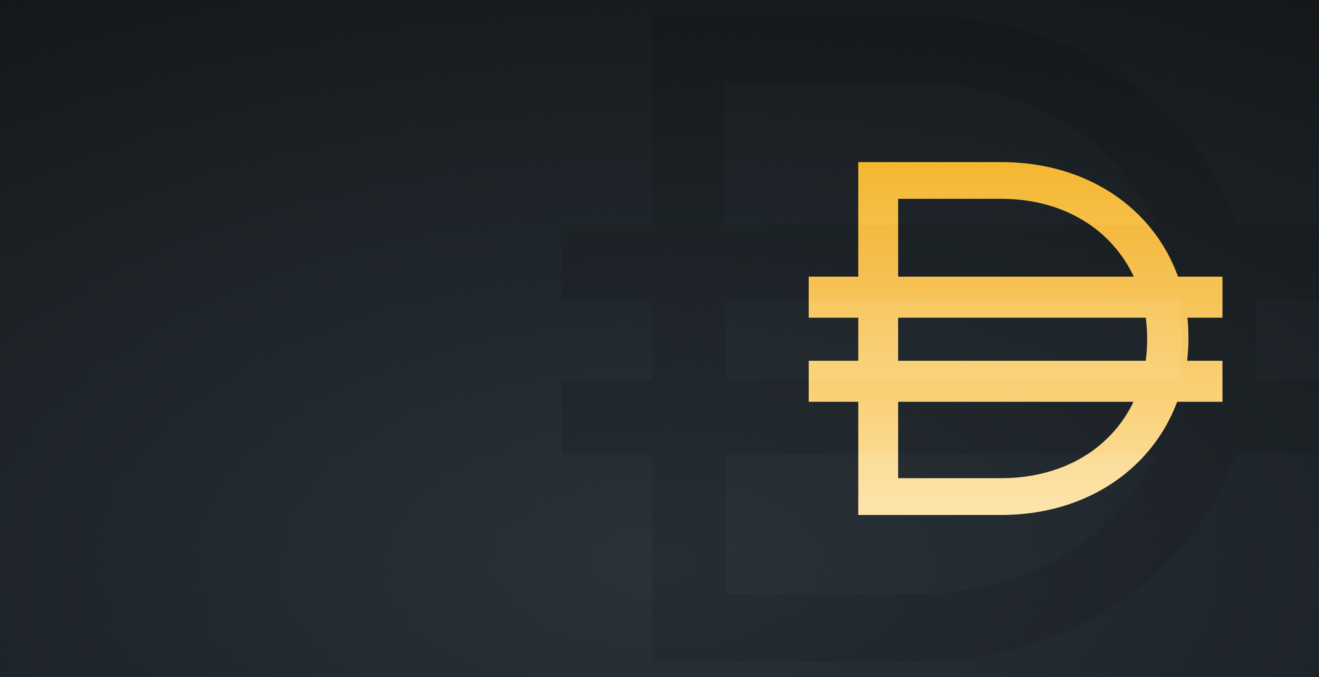How New Blockchain Apps Make It Easier To Use DeFi
June 25, 2021

Decentralized Finance (DeFi) is a rapidly-growing movement born from the advantages that cryptocurrency and blockchain technologies bring to the financial services sector. It includes decentralized exchanges and marketplaces, asset management services, lending platforms, payment solutions, crypto wallets, and more built on the Ethereum blockchain. Any organization that uses financial services should find DeFi valuable because it allows for inexpensive and far more efficient and transparent financial products. While DeFi projects on Ethereum integrate various types of digital assets, the most used cryptocurrency in the DeFi space has quickly become the Maker Protocol’s decentralized Dai stablecoin.
There’s a saying attributed (slightly inaccurately) to 19th-century American philosopher Ralph Waldo Emerson: “If you can build a better mousetrap, the world will beat a path to your door.” Maker’s Dai stablecoin is the better mousetrap of the financial services sector. Borderless, transparent, and soft-pegged to the US Dollar, Dai provides stability in an otherwise volatile crypto world, as well as liquidity, while offering advantages and features to users that other stablecoins can’t.
Unlike fiat-backed stablecoins, Dai is decentralized (not created or redeemed by any central, third-party gatekeeper or group of gatekeepers) and backed by a surplus of collateral. The Maker Protocol, which allows anyone anywhere in the world to generate Dai, facilitates greater security, transparency, and trust that result from blockchain technology. Further, the smart contracts that underpin the Protocol have been thoroughly audited and formally verified, and governance of the system is the responsibility of the global Maker community, not any central organization.
Dai’s advantages have given the DeFi community a high degree of confidence in both the stablecoin and the features of the Maker Protocol, and that confidence contributes to the growth, vibrancy, and overall network effect of the Maker ecosystem.
All of the various dapps and services that make up the Maker ecosystem integrate Dai or some other feature of the Maker Protocol, such as the game-changing Dai Savings Rate (DSR). While each individual project provides utility to its growing user base, collectively, thanks to the composability of the Ethereum blockchain and the Maker Protocol, the dapps and services make the ecosystem as a whole more valuable. This phenomenon, where the value of goods or services increases as the number of users increase, is called Network Effect. And though it’s hard to achieve, once established, it’s self-perpetuating and beneficial to all involved.
The high utility of Dai, the resulting increased rate of Dai adoption around the world, and the fact that the Ethereum blockchain and the Maker protocol allow developers to build new financial products and services on top of one another, deliver a raft of opportunities to the DeFi movement. From dapps that help people get Dai (e.g., Argent and Coinsource), use Dai (e.g., Wirex and Unicef), and earn on Dai held (e.g., Oasis Save and OkEx’s Pool) to those that help services accept Dai (e.g., Pundi X and PublishOX) and more, over 400 projects to date have leveraged Maker’s network effect to tap into growing communities and pools of liquidity.
Liquidity is the degree to which an asset can be turned into cash in a market. For the DeFi movement, liquidity is necessary to build successful projects on top of Ethereum and the Maker Protocol. If a project doesn’t provide enough liquidity to encourage user adoption, it will fail.
Enter decentralized liquidity pools (pools of tokens in smart contracts that can be shared across platforms), which are vital to the movement. Liquidity pools help people gain faith in projects that don’t yet have a large user base. Shared liquidity increases trading volume, which serves to attract even more users, and allows projects to focus on providing users with what they want. With more and more users enjoying a project, scaling that project becomes easier.
Similar to Bitcoin, DeFi protocols are designed without much room for agile development, owing to a high security priority. Thus, these systems carry more inertia when updating their interfaces to new liquidity pools, leading to increased "stickiness" to assets initially.
As a core philosophy of DeFi, permissibility can only be guaranteed when the platform has access to an unbiased, stable unit of account, such as Dai. Therefore, over the past year, Dai has gained tremendous market share in DeFi apps and will continue to grow as network effects kick in with shared liquidity.
The open and composable nature of Ethereum and the Maker Protocol is helping to create a better financial system—one that works for everyone. We are only just beginning to understand the benefits of digital currency and the true value of the DeFi movement, but what we know for sure is that by building upon the current financial system— improving it, making more accessible, and introducing new technology to the economy— new financial opportunities are being created for individual and business users.
To discover all of the apps and services that have integrated Dai, the most used cryptocurrency in the DeFi space, explore the ecosystem. To build your own dapps on the Maker Protocol, review the developer guides and tutorials.